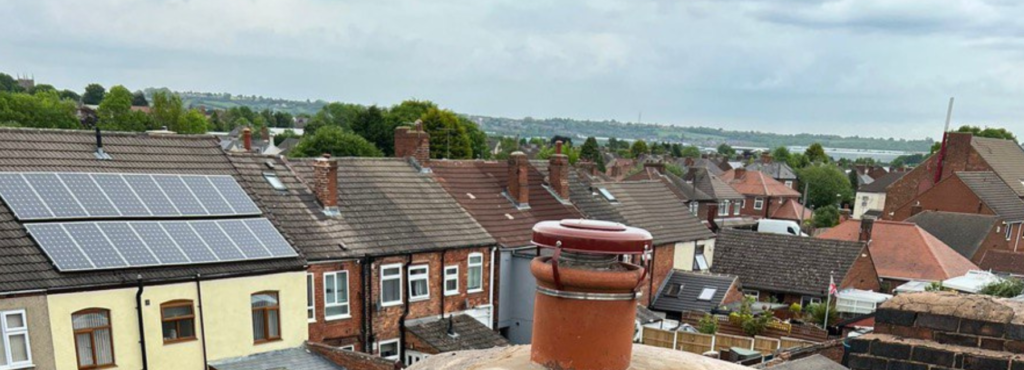Introduction: As the push towards renewable energy grows, many businesses and homeowners want to integrate solar panels into their buildings. Flat roofs offer an ideal platform for solar panel installations with their expansive and unobstructed surface areas. This blog post, presented by South Wigston Roofing Repairs, will guide you through the key considerations and design strategies for optimising flat roofs for solar panel installations, ensuring efficient, sustainable, and cost-effective energy solutions.
Understanding the Basics of Solar Installation on Flat Roofs
Flat roofs provide a versatile base for solar panels but require careful planning to maximise energy production and maintain roof integrity. Unlike sloped roofs, flat roofs offer more flexibility in orienting and angling solar panels for optimal sun exposure.
Key Design Considerations
- Structural Load Assessment
- Before installing solar panels, it’s crucial to evaluate the structural capacity of the existing roof to handle the additional load. Consult with a structural engineer to assess the roof’s ability to support the weight of the solar panels, especially considering potential snow or wind load increases.
- Roof Condition and Material
- Ensure the roof is in good condition and suitable for solar installation. Some roofing materials may require specific mounting systems or additional protective layers to prevent punctures or degradation due to the solar panel installation.
- The roof should have a remaining lifespan that matches or exceeds the solar panels’ expected lifespan to avoid needing a roof replacement shortly after panel installation.
- Solar Panel Orientation and Tilt
- In the northern hemisphere, solar panels should ideally face south for maximum sunlight exposure. On flat roofs, panels must be mounted on tilted racking systems to achieve the optimal angle, usually between 10 to 25 degrees.
- Consider the building’s geographic location, the sun’s angle at different times of the year, and potential shading from nearby structures when determining the best orientation and tilt.
- Accessibility and Maintenance
- Design the layout to ensure sufficient space around the panels for maintenance and emergency access. Remember the need for periodic cleaning of the panels and roof maintenance.
- Drainage Considerations
- Solar panel installations must not obstruct the roof’s existing drainage system. Ensure that the installation does not impede water flow, and consider additional drainage paths if necessary to prevent water pooling.
- Electrical and System Integration
- Plan for the electrical systems needed to connect the solar panels to the building’s power supply. This includes inverters, conduits, and possibly batteries if the system includes energy storage.
- Coordinate with a solar engineer or specialist to design the system layout and electrical integration.
Installation Tips
- Use Ballasted Mounting Systems: For many flat roofs, non-penetrative, ballasted mounting systems that use weight to hold panels in place are ideal as they minimise the risk of leaks.
- Wind Uplift Mitigation: Due to the flat nature of the roof, consider wind uplift forces and secure solar panels with appropriate wind deflectors or additional anchoring as needed.
- Fire Safety and Compliance: Adhere to local fire codes and building regulations, which may dictate specific clearances around the perimeter and pathways of the roof.
Conclusion: Integrating solar panels into flat roofs enhances a building’s energy efficiency and contributes significantly to its sustainability goals. With proper design and installation, overseen by experts, your flat roof can become a powerful tool in energy production. By considering the structural requirements, optimal panel placement, and system integration, property owners can ensure that their investment in solar technology is safe, efficient, and beneficial for years to come.
Call us on: 0116 216 5694
Click here to find out more about South Wigston Roofing Repairs
Click here to complete our contact form and see how we can help with your roofing needs.

